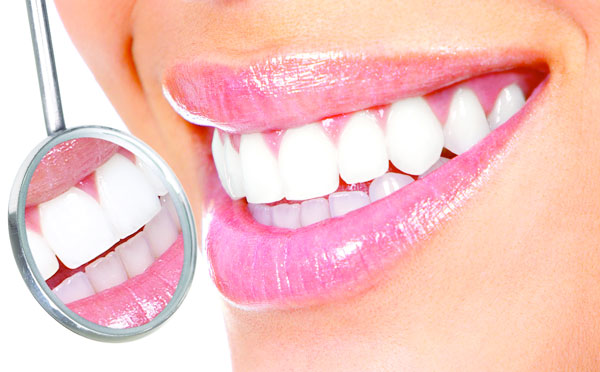
A professionally applied tooth sealant coats and bonds to your teet, filling in depressions and groves that toothbrushes sometimes miss.
Reduce the risk of tooth decay by keeping your teeth sealed against destructive forces. No matter how good your dental hygiene, your teeth are still vulnerable to tooth decay. Dentists have a simple solution: applying a sealant to keep food and plaque from causing damage to vulnerable areas of your teeth — going beyond brushing and flossing.
HOW IT WORKS
Brushing and flossing do a great job of removing plaque and food particles from the smooth, flat parts of your teeth. Food can still get trapped in the small grooves and fissures, allowing plaque to take root. A professionally applied tooth sealant can fix that. A plastic coating that hardens and bonds to your tooth surface, a sealant fills in all those depressions and grooves that toothbrushes can’t access. It’s especially useful on the chewing surfaces in the back of your mouth, according to the American Dental Association (ADA).
HOW IT’S APPLIED
Applying a sealant is as simple as painting your teeth. The sealant forms a strong bond with your tooth enamel as it hardens. Sealants last several years but will need to eventually be reapplied. Be sure to have regular dental checkups so your dentist can evaluate the sealant’s condition.
Sealants work well on both kids and adults. Dentists recommend sealing children's molars when they come in. Sealants prevent cavities and tooth decay, which affects nearly 70 precent of America's children by the time they are 19 years old, according to the Center for Disease Control and Prevention.




